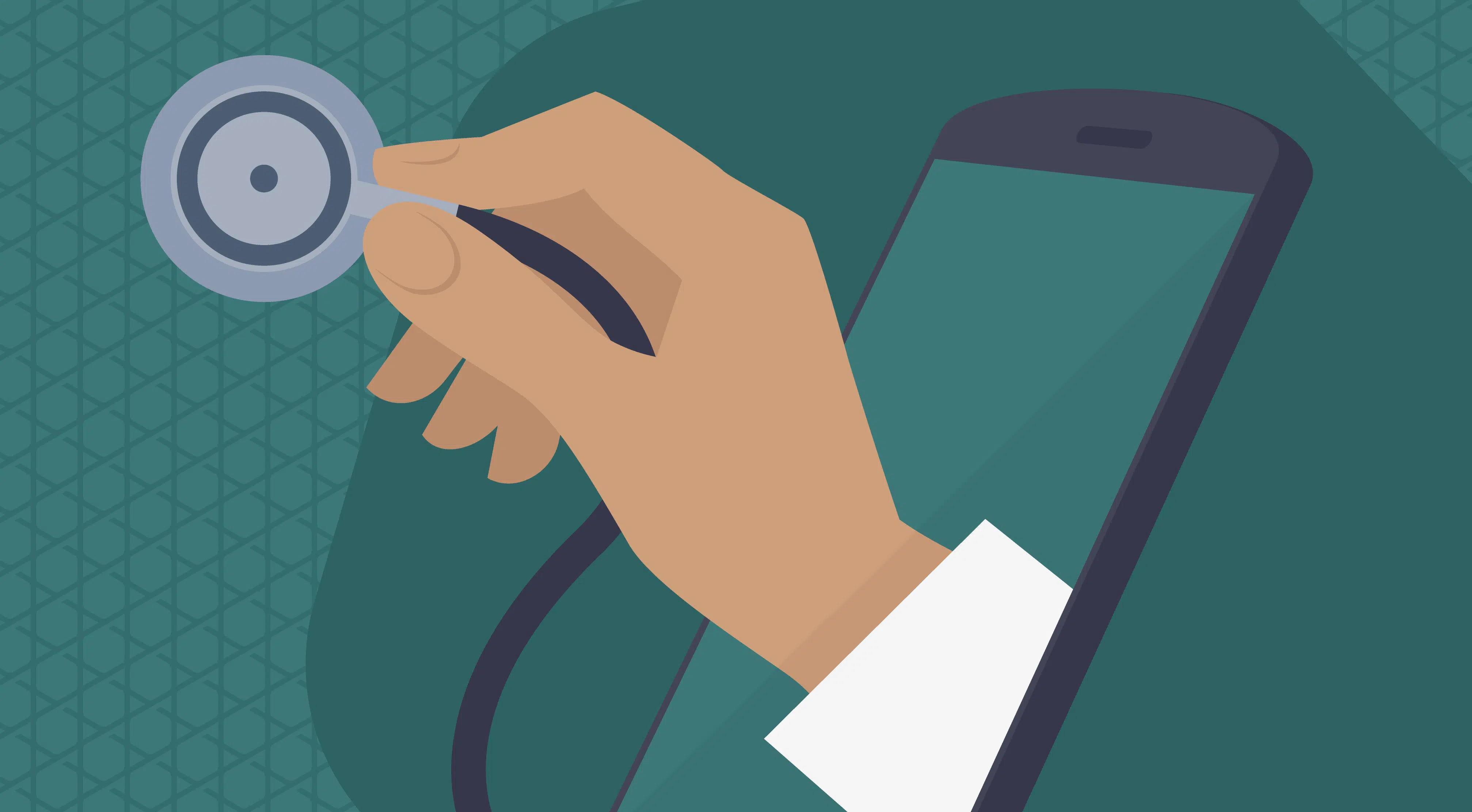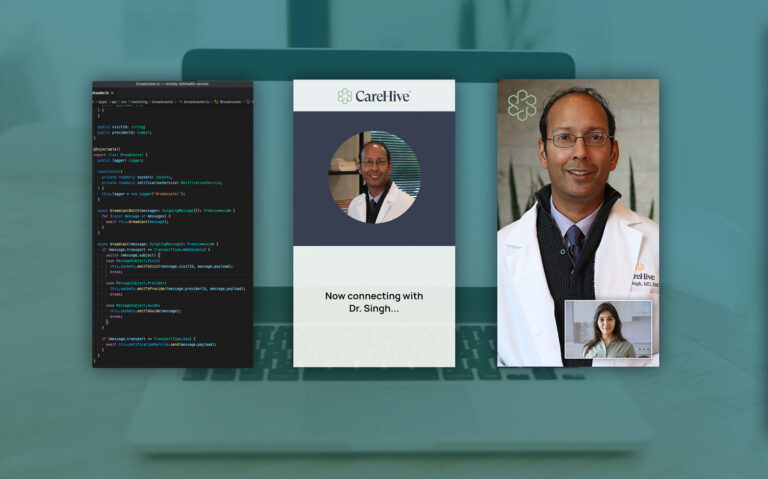Telemedicine and Making Healthcare More Patient-Centric
With the increased adoption of telemedicine during the pandemic, it’s more likely than not that your medical provider has incorporated video visits into his or her practice. Video visits provide a great opportunity to answer more questions face-to-face, all done in the convenience of your home or an environment of your choosing. Many telemedicine visits can accomplish the same things as an in-person visit. For example, providers can walk you through the steps of performing a self-examination, such as the different areas on your abdomen to press if you’re having pain. At CareHive, we’ve seen how video visits can enhance both convenience and safety, while also lowering co-payments compared to in-office visits.
Telemedicine is strengthening doctor-patient relationships
Healthcare is best when it is proactive and not just reactive. We’re seeing that patients are much more likely to engage with their doctor more often because virtual visits eliminate travel and waiting room time. People are in a position to discuss symptoms earlier on as well, which helps detect certain conditions before they become more advanced. This can significantly improve outcomes. Two areas of medicine that have seen these direct benefits early on are primary care and behavioral health.
Not all areas of medicine have caught on
An area of medicine that has lagged in the delivery of telemedicine visits is the surgical field. Evaluation of surgical conditions at times require specialized equipment and examination techniques which can only be performed in an in-office setting. That is not to say that surgical specialties have completely resisted telemedicine. Virtual visits with your surgeon to discuss things like diagnostic tests and treatment plans are being offered at a higher rate than ever before.
When Telemedicine Isn’t a Good Option
Though virtual care is an important part of the next generation of healthcare delivery, there are times when using it isn’t in the best interest of the patient. Some examples of this are:
- If the clinical benefit is compromised when compared to an in-office visit. For example, if a heart and lung examination is needed, an exam using a stethoscope should be performed.
- If the patient doesn’t have a reliable internet connection, such as areas without broadband internet access.
- Sometimes patients have limited proficiency with technology and it’s too challenging to coach them through the steps of a virtual visit.
- Some appointments are best performed in-person as a chaperoned visit, such as exams involving the breast or genital region.
- If the patient cannot find a safe, private environment for the virtual visit to occur
CareHive embraced telemedicine technology long before COVID hit. Our technology is designed to keep patient data safe and secure. We use a data-driven approach that is fully focused on the patient experience and optimizing outcomes, helping us deliver the right care at the right time.
Suneet Singh, MD, FACEP // Medical Director, CareHive // Assistant Professor of Surgery & Perioperative Care, University of Texas at Austin Dell Medical School






